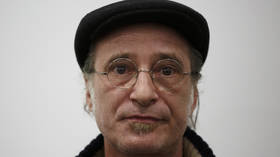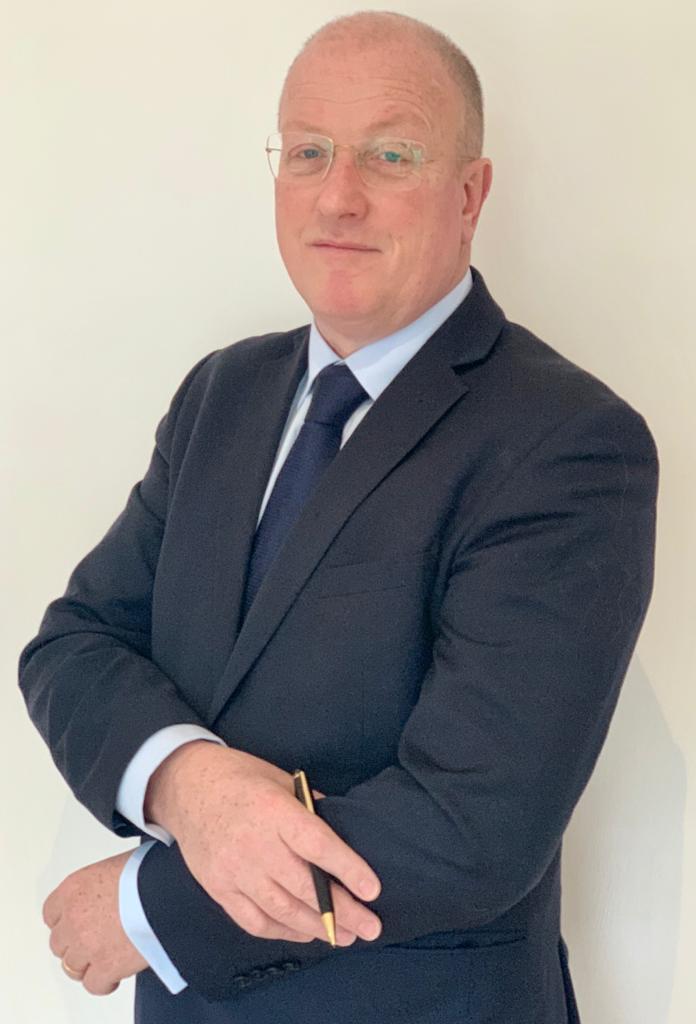Spanish artist’s blood-soaked Union Flag may cause uproar but it raises unprecedented awareness of Australia’s indigenous people

An arts festival in bottom-of-the-globe Tasmania that caved in to demands to ban a Spanish artist’s bloodied British flag has spotlighted the cause of Australian indigenous people that remains a weeping sore for an entire nation.
If it wasn’t for the row about a bloody British flag then no one north of Australia would ever have heard of Tasmania’s Dark Mofo arts festival, which suddenly finds itself at the centre of a row over racism, ethics and freedom of expression.
Also on rt.com My proposal to bathe the British Flag in 37 litres of blood: A Statement from Santiago Sierra on the cancelled Union Flag projectSuddenly a local, no-mark arts festival, the sort that happens all over the world and proclaims to be edgy and provocative when it is no such thing, has rocketed to the centre of an international cultural debate, after accepting the work of Spanish artist Santiago Sierra.
While the Spaniard arrived at the festival with half of his artwork, a Union Jack, he needed the exhibition curator to tweet out a call for people to come forward and provide donations of the blood he needed to complete his work – a flag drenched in the stuff as a sixth-form level statement on colonialism.
On behalf of artist Santiago Sierra, we are looking for people to take part in Union Flag: a new artwork that will see the Union Jack immersed in the blood of its colonised territories at Dark Mofo 2021. Read more and register here: https://t.co/7pMdB6amJmpic.twitter.com/zMY6vRqNLr
— Dark Mofo (@Dark_Mofo) March 19, 2021
The poor sap’s idea was that his flag would be an “acknowledgement of the pain and destruction colonialism has caused First Nations peoples, devastating entire cultures and civilisations.”
Sierra should really have done a bit more homework on his hosts because he’s bitten off way more than he could ever hope to chew in this forgotten corner of Down Under. Because to call the last 200-odd years of Tasmanian aboriginal history a minefield of identity, race and politics is nowhere near the full story, and he’s landed smack bang in the middle.
Which surprises many people because Australian school children – like I was – were taught that the British soldiers arrived in Tasmania in 1803 and then, with the aid of guns, syphilis and poisoned flour, killed off every last one of the people who were previously in situ over the course of 80 years. And the very last survivor, a woman named Truganini, suffered the further indignity of having her hair and skin cut from her corpse and sent to the Royal College of Surgeons in London for white people on the other side of the world to gawk at. And that, we were told, was the end of the Tasmanian aborigines.
The problem with this version of history, like many, is that it is only partly true. But clearly, Santiago Sierra liked the sound of what he learned from a podcast or over a glass of rioja from someone who knew someone who once met a man who knew a woman who had been to Tasmania.
Closer to the truth is that some, not many, original Tasmanians did survive. Some were the offspring of liaisons with white sealers, abducted and taken to live on outlying islands, while others of mixed race became members of families into which they assimilated to some degree. Invisibly black is probably the closest to a description.
Also on rt.com Aristotle and Plato must go. After targeting statues, race activists now aim to topple the ancient founders of Western thoughtThe Tasmanian aborigines are not extinct. The most recent figures available from the Australian Bureau of Statistics in 2016 record 23,000 people identifying as indigenous in the small island state of around 541,000 souls. Some can prove a lineage back to the British invasion of 1803, but others rely on sometimes ‘creative’ or downright fraudulent oral history, while there are those who simply declare their aboriginality and leave it to naysayers to disprove them.
With one ear cocked to history, it becomes possible to understand why the very idea of being a Tasmanian aborigine has become a hugely politicised, highly charged emotional business mired in infighting, corruption, ‘yes I am, no you’re not’ bickering.
At stake in this row over race and identity are the huge pots of government money made available for outlays such as reparations as part of an ongoing national exercise to erase white guilt over colonialism and racism. Just like the UK, the USA and, even most recently, Portugal.
While Santiago Sierra’s turning up with his Union Jack and asking for blood might be considered insensitive to some, he should not be condemned for at least giving a toss about the modern-day struggle of an ancient people. Even if you think the artistic merits suck on some level, you have to admire the direct and unambiguous message of Sierra’s work in courting wider discussion, even controversy.
Kicking off the fuss was earnest young activist Jamie Graham-Blair who, while noticeably white, also identifies as a trawlwoolway pakana man, denouncing Sierra and his work with “Indigenous bodies are not tools to be used by colonisers. We are not props for your white guilt art.”
This cleared the way for a deluge of assumed outrage on social media, which is often accompanied by a ‘what you should do’ suggestion that is complete crap. From one it was: ‘If Sierra really wants to be anti colonialist he could give up his place in the exhibition and any fees to Indigenous artists. That would be radical art.’
Actually, it would not be radical art, it most likely would be confusing and inaccessible to those who live outside Tasmania, ie: most of the world.
Then came the cultural curators of the cancel kind with, ‘Cannot believe that this was even considered! If you want to retain any sort of a reputation, withdraw this from your program, and apologise to First Nations people immediately!’
This is truly beyond belief. Understand it as the violent, ignorant thing it is, cancel the work and do something about the fact that it got this far in the first place.
— whitney (@heroinepretend) March 21, 2021
And another book burner fumed: ‘A coloniser artist intending to produce art with the actual blood of colonised people is abusive, colonising and re-traumatising. The idea is disgusting and terrible and should not have been considered. Please don’t.’
A coloniser artist intending to produce art with the actual blood of colonised people is abusive, colonising and re-traumatising. The idea is disgusting and terrible and should not have been considered. Please don’t.
— Claire G. Coleman (@clairegcoleman) March 21, 2021
Oh, the demands, the insistence the, the… absolutism!
While of course, the messenger too was targeted: ‘a Spaniard who exploits the heritage of others while ignoring their own nation's complicity in conquest and subjugation.’
Other commentators have said it all - a Spaniard who exploits the heritage of others while ignoring their own nation's complicity in conquest and subjugation.
— Jon Womersley (@enviroaus) March 21, 2021
One of the problems the people of the First Nations have in drawing attention to their cause internationally is that it exists in a bubble of particularly Australian dimensions and billions of people elsewhere in the world have no idea about their history, their culture or their grievances, and consequently, don’t care. Well, thanks to Santiago Sierra, talk about indigenous Australians is all over the internet, reaching corners of the globe in a manner of which they could never have dreamed.
All thanks to a well-intentioned, somewhat ill-informed Spanish artist and the arts festival in the middle of nowhere that caved in to pressure and banned his silly, bloody flag.
Think your friends would be interested? Share this story!
The statements, views and opinions expressed in this column are solely those of the author and do not necessarily represent those of RT.













